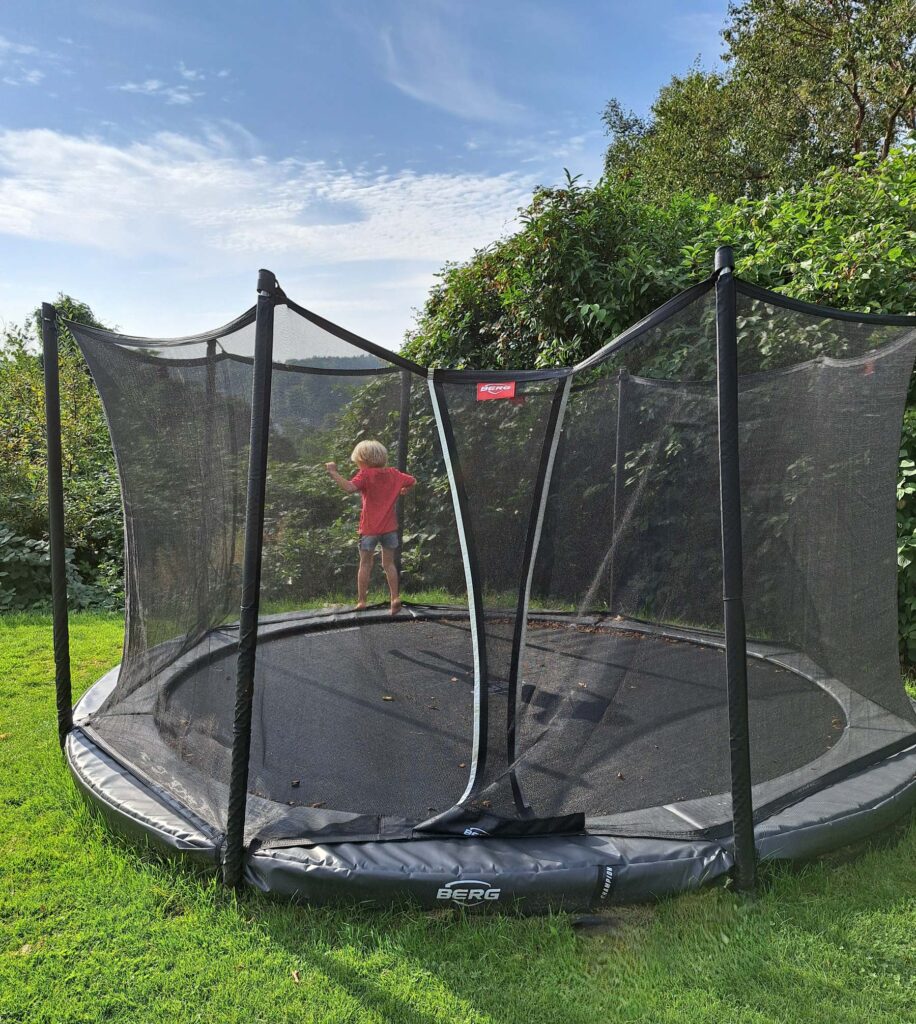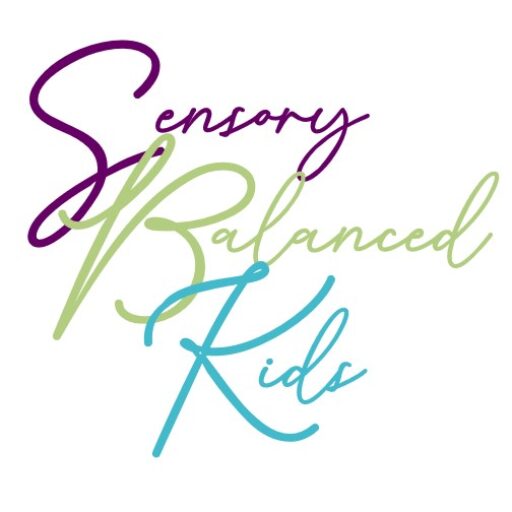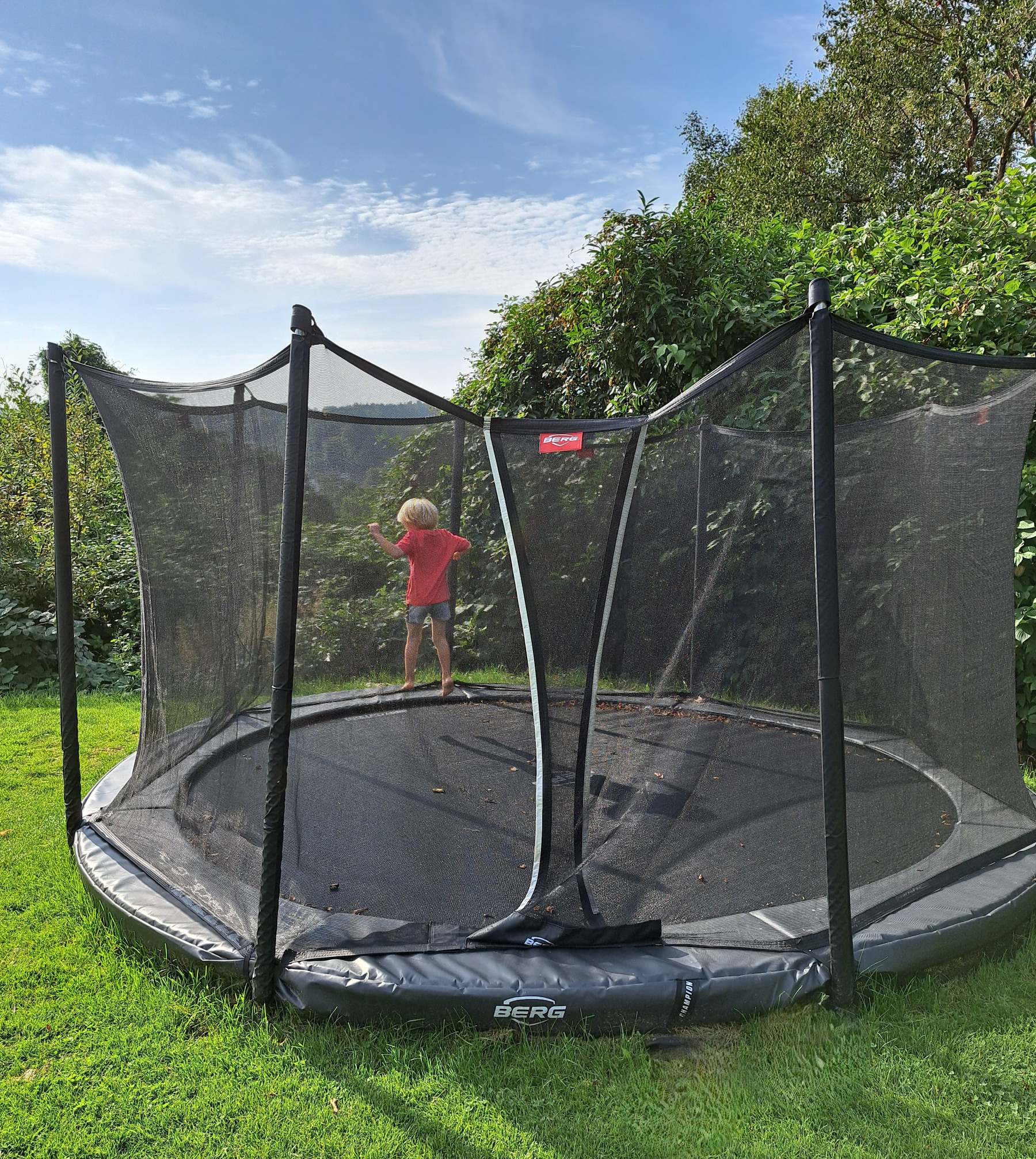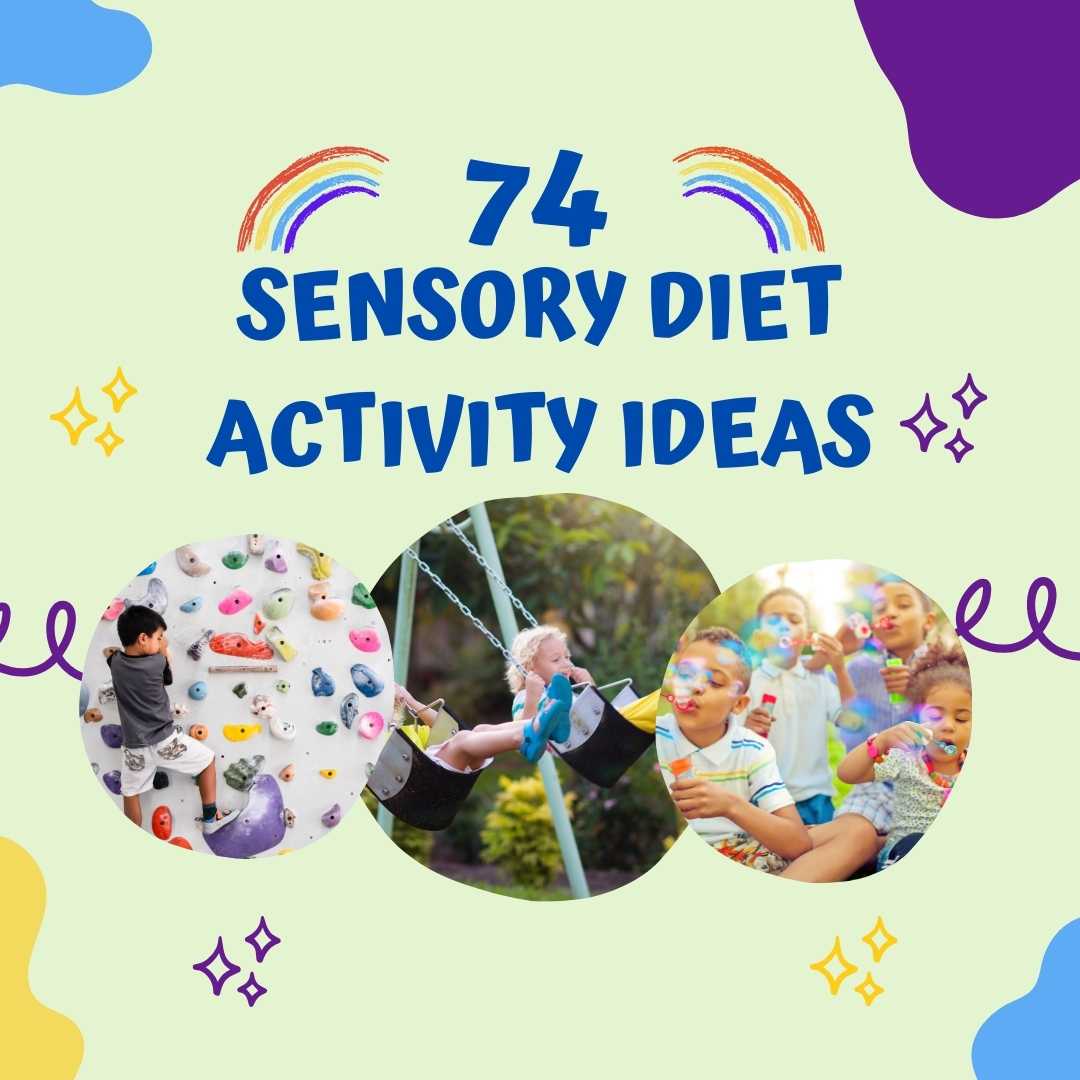If you have a child with sensory processing disorder (SPD), you’ve probably encountered moments of uncertainty. Maybe your child is overwhelmed by too much sensory input, or perhaps they seem to be constantly seeking more stimulation. Maybe it is difficult for you to determine their sensory profile. In those moments, when you’re unsure of what to do next, one of the most effective and reliable strategies you can turn to is proprioceptive input. The power of proprioceptive activities to regulate and calm the nervous system is remarkable, making them a go-to tool for parents and caregivers.
Note that I have included affiliate links below for our favourite products. Reviews and endorsement of products will only be made based on our personal opinions.
What is Proprioception?
Proprioception is our body’s ability to sense its position, movement, and balance. It’s often referred to as the “sixth sense,” as it involves receptors in our muscles, joints, and tendons that send signals to our brain about where our body parts are in space and how much force is being exerted. This sense helps us navigate our environment smoothly and effectively, playing a crucial role in everything from walking and running to writing and even just sitting still.
Why Proprioceptive Input Works
When your child is struggling with sensory processing, they may either be overwhelmed by too much sensory input (sensory over-responsivity) or seek out more input because they’re under-stimulated (sensory under-responsivity). Proprioceptive activities help in both cases by providing deep pressure and resistance, which have a calming effect on the nervous system. This type of input can help organize and regulate sensory information, making it easier for them to manage other sensory inputs.
Here’s why proprioceptive input is so effective:
- Calming and Grounding: Proprioceptive activities often involve deep pressure or heavy work, which can help calm the nervous system. This makes them particularly useful during or after periods of sensory overload.
- Regulation of Arousal Levels: Whether someone is feeling too sluggish or too hyperactive, proprioceptive input can help bring their arousal level back to a more regulated state. This is because these activities help balance the sensory information that the brain is processing.
- Non-Overwhelming Input: Unlike other sensory inputs like sound or light, proprioceptive input is rarely overwhelming. It’s generally considered “safe” because it’s consistent and predictable, making it a reliable tool in moments of sensory dysregulation.
A Trampoline – Our favorite Proprioceptive Activity
A trampoline might seem like just another piece of playground equipment, but for parents looking to support their child’s development, it’s so much more. Investing in a trampoline is one of the best decisions you can make for your child’s proprioceptive training—and here’s why.
The Benefits of Trampoline Play
- Deep Pressure and Resistance: Every jump on a trampoline provides deep pressure to the joints and muscles, which is incredibly calming and organizing for the nervous system. This kind of input helps kids feel more grounded and in control of their bodies.
- Improved Focus and Attention: Regular trampoline use helps burn off excess energy and can improve focus and attention in other tasks, like homework or quiet play. It’s a natural and enjoyable way to help your child settle down after a busy day.
- Balance and Coordination: The act of jumping and maintaining balance on a trampoline enhances motor skills and coordination, laying a solid foundation for other physical activities and sports.
- Stress Relief and Emotional Regulation: Jumping on a trampoline is not just physical exercise; it’s also a great way for kids to release stress and regulate their emotions. The rhythmic bouncing can be soothing, helping to reduce anxiety and improve mood.
One of the best things about using a trampoline for proprioceptive training is that it doesn’t feel like therapy or exercise to your child—it’s pure fun. Your child will love the sense of freedom and joy that comes from bouncing, and you’ll love knowing that they’re getting the sensory input they need to thrive.
So, if you’re looking for a simple way to support your child’s sensory development, look no further. A trampoline is a powerful tool for proprioceptive training, and it’s sure to become one of your child’s favorite activities. Plus, it’s a whole lot of fun for the entire family!
We have a large 14 feet InGround trampoline in our garden. We chose the BERG Champion, which we really recommend. It is really good quality and has AirFlow in the jumping mat, which means that you can jump higher—meaning more fun! Our eldest said the day we got this instead of our old trampoline: “Mom, I can jump 4 feet higher now!” That might be a bit of an exaggeration, but you do jump noticeably higher on this trampoline ✨
You can find the trampoline we have by clicking HERE.

Our boys love jumping so much that we also have a smaller 40 inch training trampoline inside for rainy days.
For other ideas for proprioceptive activities check out my other post about sensory diet activity ideas, where you’ll find 74 ideas for sensory training.
When to Use Proprioceptive Activities
Proprioceptive activities can be integrated throughout the day as part of a sensory diet, or they can be used in response to sensory dysregulation. Here are some key times to incorporate them:
- Before Challenging Situations: If you know a particular situation might be overwhelming (like going to a crowded place), offering proprioceptive input beforehand can help prepare and regulate the nervous system.
- During Periods of Overwhelm: When sensory overload hits, a quick proprioceptive activity can help bring things back to a more manageable level.
- As a Routine: Incorporating proprioceptive input regularly throughout the day can help maintain regulation, reducing the likelihood of dysregulation.
When you’re in doubt about how to help someone with sensory processing challenges, proprioceptive input is a safe, effective, and reliable strategy. Its ability to calm, regulate, and organize the nervous system makes it an essential tool in your sensory toolkit. By incorporating proprioceptive activities into daily routines, you can help create a more balanced and manageable sensory environment, leading to better focus, mood, and overall well-being.
So next time you’re uncertain about what to do, remember: whenever in doubt, go proprioceptive.



